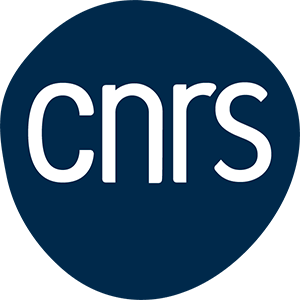Domain, Specialties : Liquid physics
Keywords: physics of materials, optics,
Summary
It is generally accepted that the flow of a fluid in a channel does not result in any temperature variation (without an external heat source or without reaching extreme velocities). The density of the liquid is not expected to change under flow, and therefore neither is its temperature.
But the classical hydrodynamic law is no longer valid at the mesoscopic scale (< 1 mm). Our team has shown that liquids possess shear elasticity at small scales, a property known to be specific to solids. We have experimentally shown that when the liquid elasticity is stressed, the flow mechanism can lead to heating or cooling.
Full description
Elasticity is one of the oldest physical properties of condensed matter. It is expressed by a constant G of proportionality between the applied stress (σ) and the strain (γ): σ = G.γ (Hooke’s law). The absence of resistance to shear deformation (G’ = 0) indicates liquid-like behavior (Maxwell model). Long considered specific to solids, elasticity has recently been identified in liquids at the submillimeter scale [1].
The identification of shear elasticity (non-zero G’) at the small scale holds the promise of discovering new solid properties of liquids. Thus, while no temperature change is conventionally expected under flow, we show that this is no longer true at the small scale and identify the emergence, without an external thermal source, of a positive or negative variation in temperature depending on the applied conditions [2,3]. We will explore the thermal response of liquids and exploit this ability to convert mechanical energy into temperature variations within the framework of microhydrodynamics.
Finally, we will strengthen our collaborations with theoreticians, notably with A. Zaccone of the University of Milan.
This topic relates to properties related to wetting, thermal effects, and small-scale liquid transport.
Références :
- “Explaining the low-frequency shear elasticity of confined liquids, A. Zaccone, K. Trachenko, PNAS, 117 (2020) 19653–19655. Doi:10.1073/pnas.2010787117.
- E. Kume, P. Baroni, L. Noirez, “Strain-induced violation of temperature uniformity in mesoscale liquids” Sci. Rep. 10 13340 (2020). Doi : 10.1038/s41598-020-69404-1.
- E. Kume, A. Zaccone, L. Noirez, « Unexpected Thermo-Elastic effects in Liquid Glycerol by Mechanical Deformation » Physics of Fluids, 33, 072007 (2021) Doi: 10.1063/5.0051587.
Location
CEA Saclay Center, France
Internship conditions
- Internship duration: 3 months
- Level of study: Bac+5
- Training: Master 2
- Continuation in PhD thesis: Yes
- Application deadline: 5 janvier 2026
Experimental skills
Language : English
Useful methods and technics:
microfluidics, infra-red, image treatment
Computer languages and software:
Home softwares, FIJI
Links
- Web site of the laboratory : https://iramis.cea.fr/llb/nfmq/
- Personal Web page of supervisor : Laurence Noirez
Supervisor
Laurence NOIREZ (LLB/NFMQ)
Phone: 0169086300
Email :




